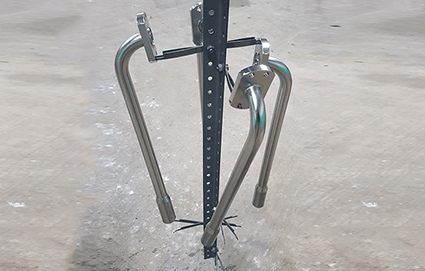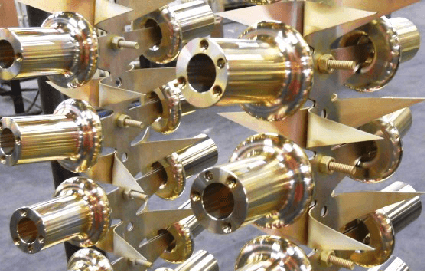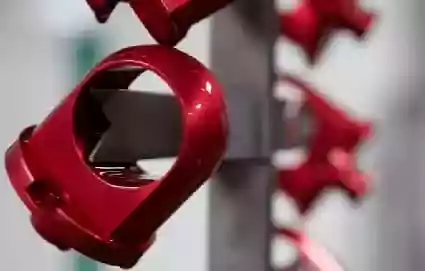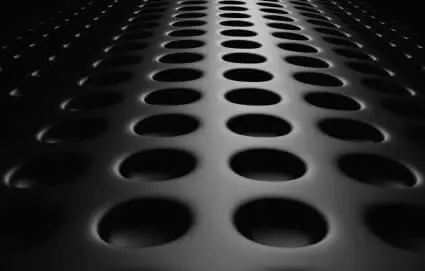
Not only do parts look great after the Electropolishing process, but they also exhibit other beneficial qualities. This process provides a reduction in the surface peaks from “substantial points” to insignificant mounds, a chromium enrichment of the surface, and a reduction in the coefficient of friction of the base material surface.
Protecting your parts from corrosion, applying a decorative finish, or improving electrical conductivity can be accomplished through the Chromate coating process. This process can also provide some resistance to abrasion and light chemical attack on softer metals. In most cases this process results in a distinctively iridescent greenish-yellow color helping to display its protective properties.


Anodizing (type II) is often used to “grow” the thickness of metal part surfaces. It improves corrosion resistance and helps increase wear resistance. It can also be used to improve the adhesion of paint primers and glues. This process can provide any number of colors or a thin transparent coating to parts (mostly aluminum). The summary of benefits is improved aesthetics, bonding, wear resistance, corrosion resistance, and heat dissipation.
Hard Coat (or Anodize Type III) is applied under more exacting process conditions resulting in a harder, denser, thicker, and more abrasion resistant coating. The appearance of the coating ranges from light to dark gray, depending on the alloy makeup of the aluminum substrate, and it can also be dyed black. The key benefits to Hard Coat are increased abrasion resistance, wear resistance, corrosion resistance, aesthetics, Dielectric properties (electrical insulator), improved lubrication, and readily sterilized or non-contaminating (for medical instrumentation).


Copyright © 2023 Maxim Metal Finishing